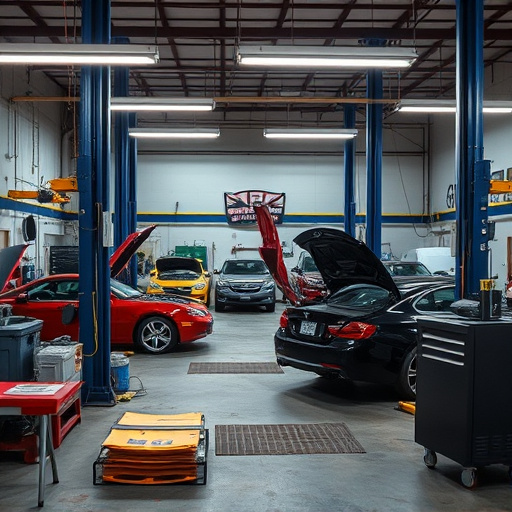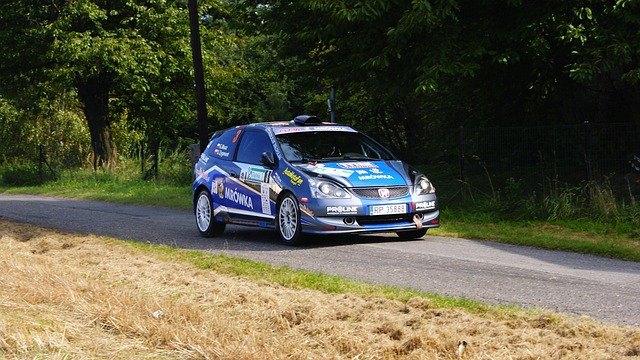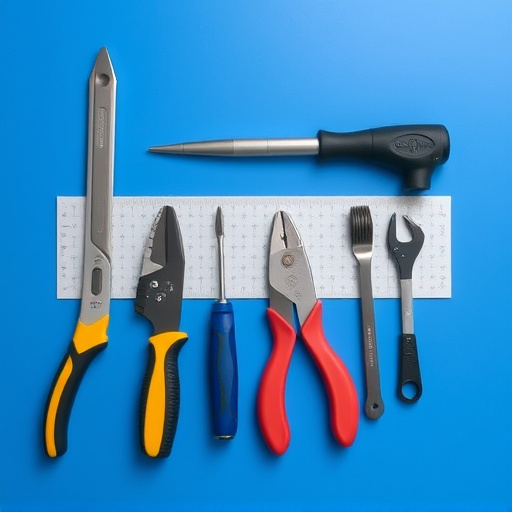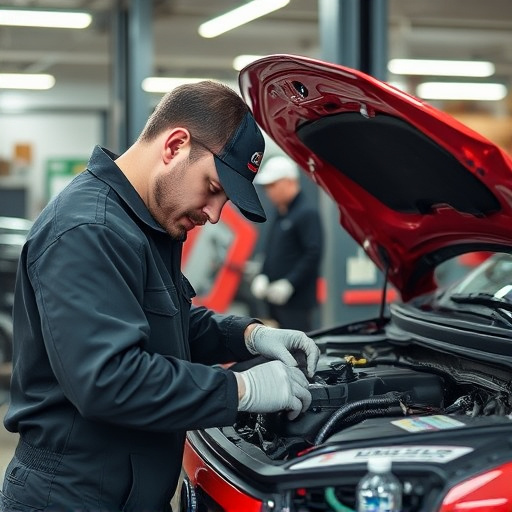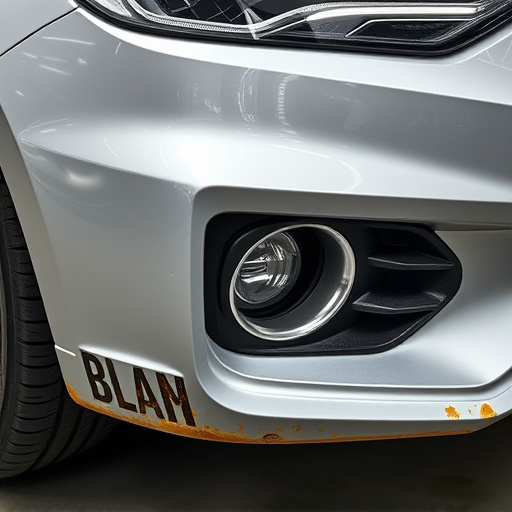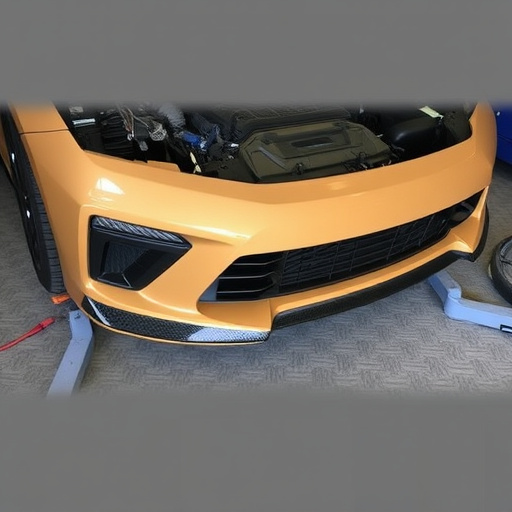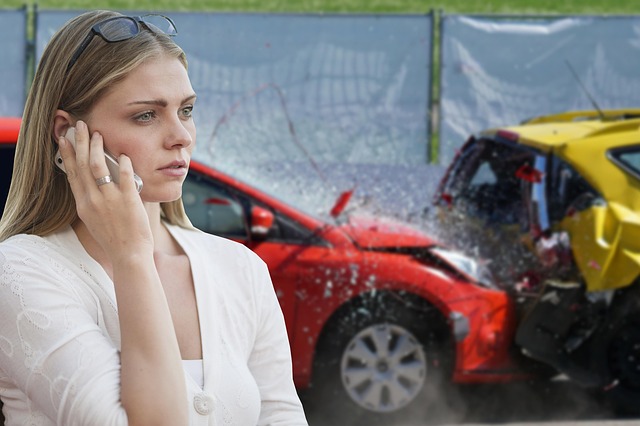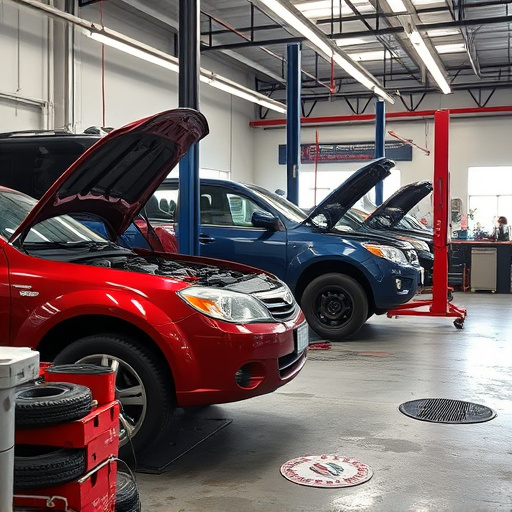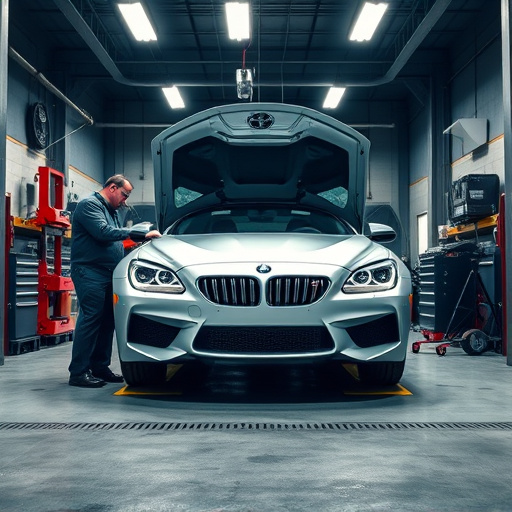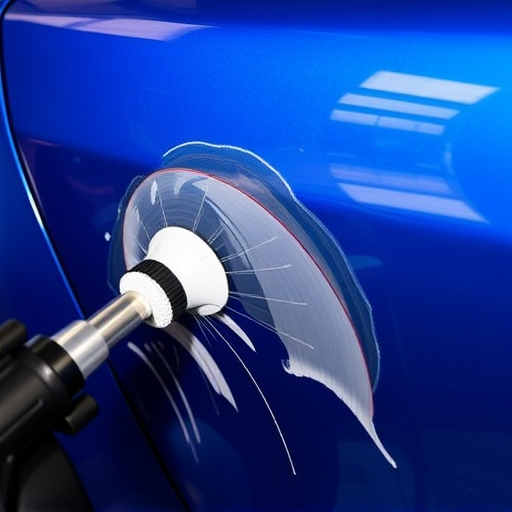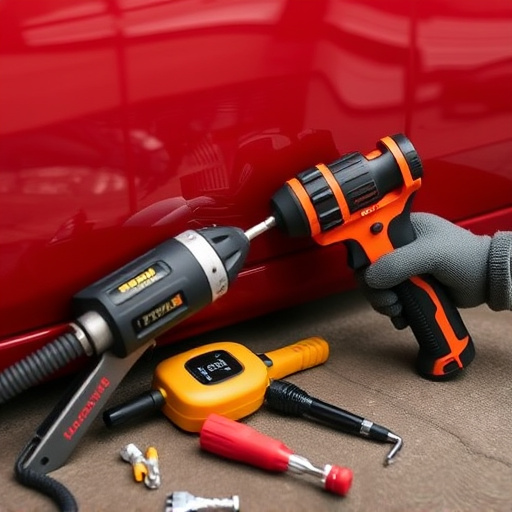Plastic bumper repair begins with cleaning and sanding to prepare the surface. Specialized fillers are then applied and sanded for a smooth finish. The final step involves color and coating restoration using exact matching techniques and durable coatings for long-lasting protection and aesthetic appeal.
“Looking to fix that scuffed or damaged plastic bumper? This comprehensive guide breaks down the process into simple, manageable steps. From preparing the surface for repair to filling and leveling imperfections for a smooth finish, we’ll walk you through each phase.
We’ll also delve into restoring your plastic bumper’s color and coating for optimal appearance, ensuring a like-new look. Discover expert tips and techniques for successful plastic bumper repair.”
- Preparing the Plastic Bumper for Repair
- Filling and Leveling Damage for a Smooth Finish
- Restoring Color and Coating for Optimal Appearance
Preparing the Plastic Bumper for Repair
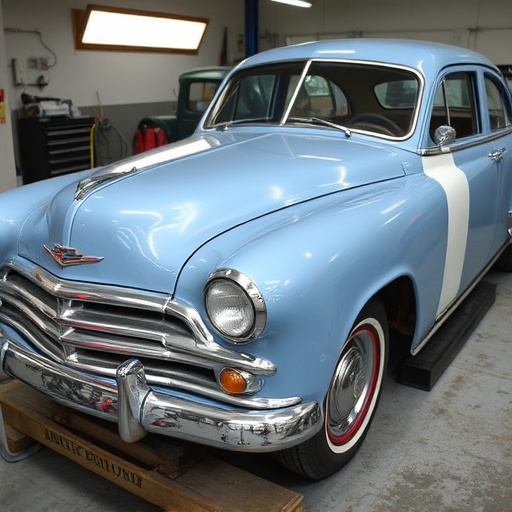
Before beginning any plastic bumper repair, preparing the surface is a crucial step. This involves thoroughly cleaning the damaged area to remove any dirt, debris, or existing repair compounds. A mild detergent and water solution is typically sufficient for this initial cleaning process. Once clean, the surface must be dried completely to prevent any moisture interference during subsequent steps.
The next phase in preparing the plastic bumper for repair is light sanding. This smoothes out any rough edges and ensures a clean, even base for filling and painting. Using a fine-grit sandpaper, gently buff away any imperfections, taking care not to scratch the surface excessively. After sanding, it’s important to again wipe down the area with a damp cloth to remove any dust particles left behind, preparing the bumper for the filling stage of the plastic bumper repair process.
Filling and Leveling Damage for a Smooth Finish
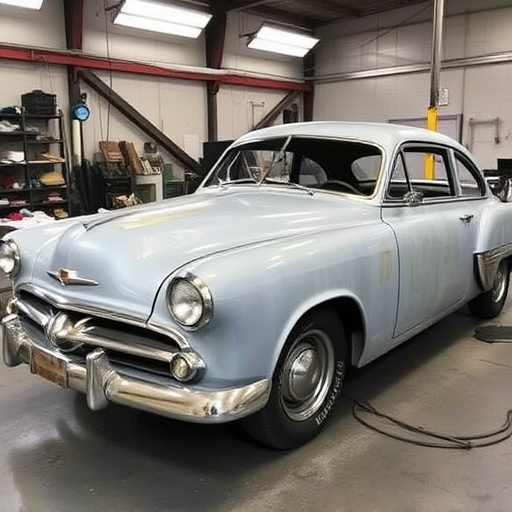
After sanding the damaged area on a plastic bumper to ensure all rough edges are removed and an even surface is achieved, the next step in plastic bumper repair involves filling and leveling. Auto body repairs specialists use specialized fillers designed for plastic materials, which can match the original color and texture of the bumper seamlessly. These fillers are applied using putty knives or similar tools, carefully shaping them to blend perfectly with the surrounding plastic.
Once the filler is properly set, it’s sanded again to achieve a smooth finish ready for painting. This meticulous process ensures that not only does the repair match the original auto body repair, but it also enhances the overall aesthetics of the bumper, providing a sleek and professional look. For fleet repair services dealing with multiple vehicles, maintaining this level of precision and detail is crucial for maintaining a consistent brand image and vehicle condition.
Restoring Color and Coating for Optimal Appearance
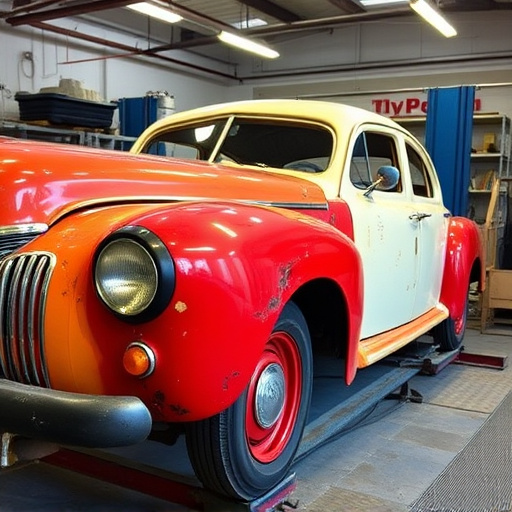
After the initial sanding and filling process, the focus shifts to restoring the color and coating of the plastic bumper for an optimal appearance. This step is crucial in ensuring that the repaired bumper seamlessly blends with the rest of the vehicle’s original finish. Skilled technicians use specialized tools and materials to match the exact color and texture of the damaged area, creating a flawless finish.
Proper painting techniques are employed to apply a durable coating that protects against chipping, fading, and other environmental damages. This not only enhances the visual appeal but also extends the lifespan of the plastic bumper, making it look as good as new. Whether you’re relying on professional vehicle repair services or handling a do-it-yourself car repair shop approach, paying attention to these details guarantees a restoration that retains both functionality and aesthetic appeal.
Plastic bumper repair is a multi-step process that involves meticulous preparation, careful filling and leveling, and precise painting. By following these steps, you can restore your plastic bumper to its original condition, ensuring a smooth, vibrant finish that enhances the overall appearance of your vehicle. Whether it’s a small ding or significant damage, understanding the fundamentals of plastic bumper repair is key to achieving professional results.



